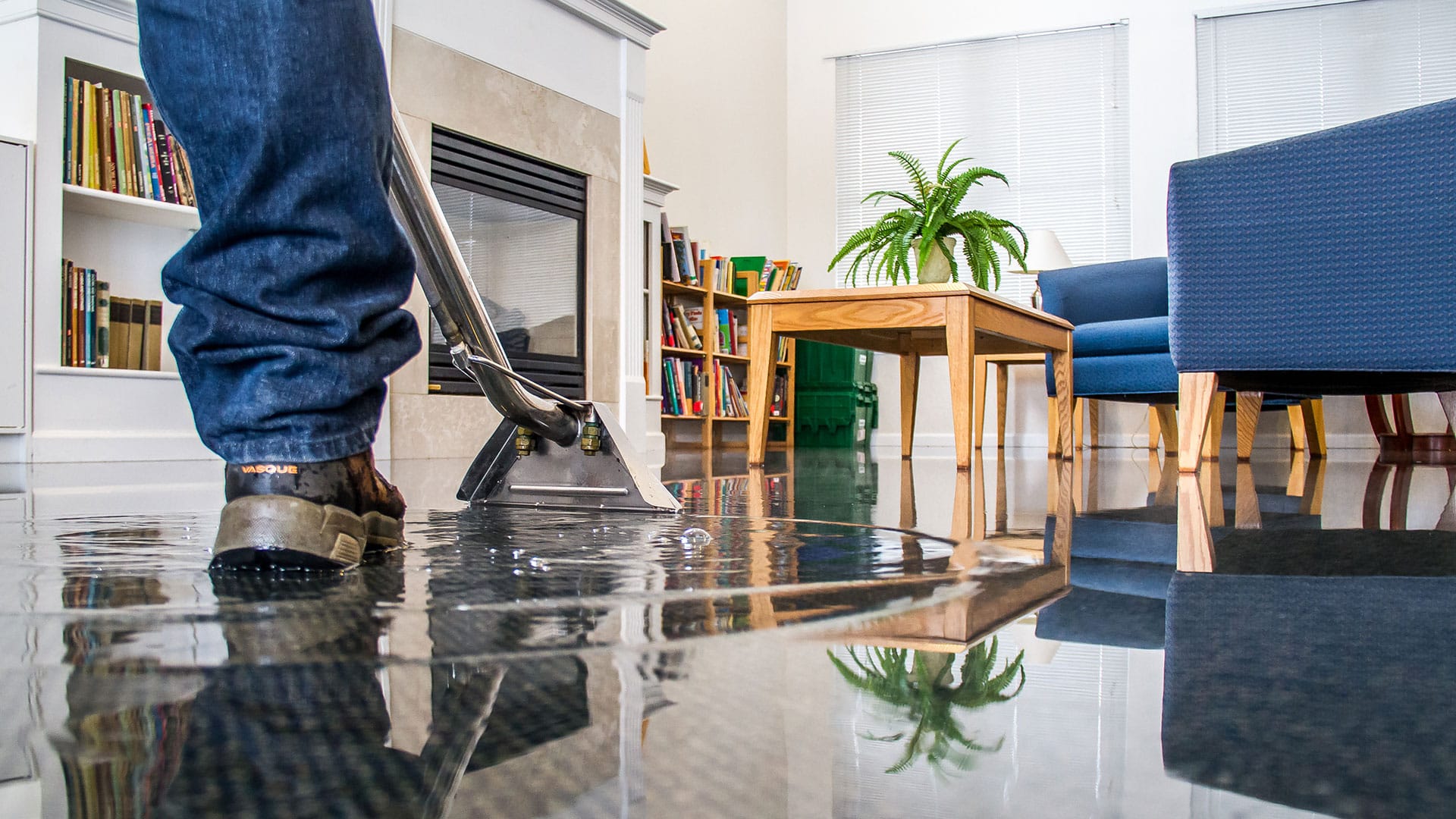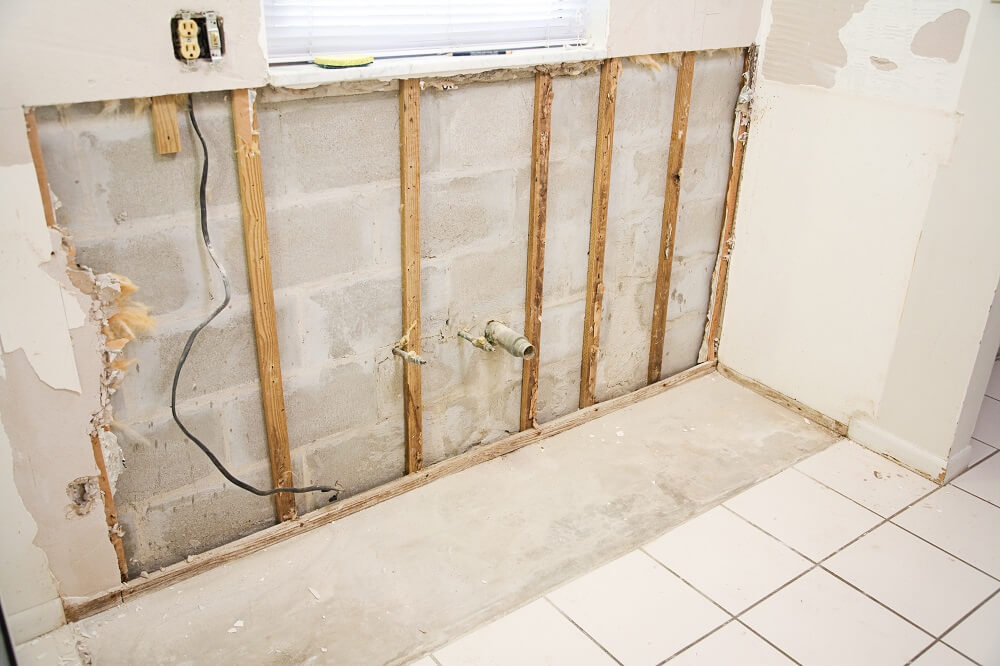Emergency Water Damage Restoration to Restore Your Property Quickly
Emergency Water Damage Restoration to Restore Your Property Quickly
Blog Article
The Process of Water Damages Cleanup: Ensuring Your Home Is Recovered Efficiently
Water damage can be an overwhelming obstacle for home owners, demanding a precise and organized cleanup procedure to bring back safety and security and functionality. A thorough analysis is crucial to identify the extent of the damages and identify the appropriate remediation actions. Following this, reliable water removal techniques play a crucial role in alleviating more damage. Nevertheless, the subtleties of drying out, disinfecting, and eventual restoration are equally necessary and typically overlooked. Recognizing these phases can make a significant distinction in the outcome of your home's reconstruction, motivating a closer take a look at what each action involves.
Analyzing the Damages
Upon uncovering water damage, the very first action is to completely evaluate the extent of the effect. This initial examination is essential, as it aids determine the required actions for efficient cleaning and repair. Begin by inspecting the impacted locations, including wall surfaces, ceilings, floorings, and individual belongings, to identify the resource of the water intrusion, whether from flooding, leakages, or condensation.
Documenting the damage is crucial for both insurance cases and planning reconstruction efforts - damage restoration services. Usage pictures and composed notes to catch the seriousness of the damages, keeping in mind any type of affected architectural aspects and materials. Pay special attention to locations that might not be immediately noticeable, such as behind walls and under carpetings, as concealed wetness can result in further problems, consisting of mold development
Additionally, evaluate the timeline of the water exposure. Ultimately, a thorough evaluation lays the groundwork for an effective water damages cleanup procedure, ensuring that all impacted areas are resolved effectively and completely.
Water Extraction Methods

Professionals normally employ submersible pumps for larger volumes of water, which can promptly ease flooding in cellars or other influenced locations. For smaller amounts, wet/dry vacuums are frequently made use of to extract residual dampness from carpets and tough surface areas. Additionally, making use of mobile extractors allows for targeted removal in confined spaces or locations with fragile materials.
In circumstances of infected water, such as sewage or floodwater, advanced removal techniques might entail using biohazard tools to make certain security and conformity with health regulations. High-powered extraction tools are crucial in decreasing water retention in structural products, which can lead to mold development and architectural damage if not addressed promptly.
Ultimately, the performance of water removal techniques plays an essential duty in the general success of the water damage cleanup procedure, preparing for succeeding remediation initiatives.
Drying and Dehumidification
Once standing water has actually been successfully drawn out, the following important phase in the water damage cleanup procedure is drying out and dehumidification. This action is crucial to prevent more damages and mold development, which can take place within 24 to 2 days in damp environments.
To achieve reliable drying out, specific equipment such as industrial-grade air movers and dehumidifiers is employed. Air moving companies circulate air across damp surfaces, boosting dissipation rates, while dehumidifiers decrease humidity degrees airborne, promoting a helpful atmosphere for drying. The combination of these tools makes certain that moisture is drawn out from furnishings, wall surfaces, and floors, allowing them to dry extensively.
It is very important to directory keep track of check that the drying out procedure closely. Professionals usually use moisture meters to examine the dampness web content in numerous materials, guaranteeing that all impacted areas reach appropriate dry skin degrees. This careful strategy aids to avoid covert wetness pockets that might result in structural damages or harmful mold and mildew development.

Cleansing and Disinfecting
After the drying out and dehumidification stage is total, the next vital action in water damages clean-up is cleaning up and sanitizing the affected locations. This procedure is vital to avoid the growth of mold, microorganisms, and various other microorganisms that thrive in moist environments.
The cleansing stage usually includes removing any kind of debris, dirt, and impurities from surfaces using specialized cleansing representatives. For hard surfaces, a combination of soap and water or business cleaning items is commonly utilized. Soft materials, such as furniture and carpets, might need more considerable cleaning methods, consisting of steam cleansing or deep extraction strategies, to make sure comprehensive hygiene.

Disinfecting follows cleansing, making use of EPA-approved disinfectants to remove hazardous microbes. This step is vital, particularly in areas that might have entered contact with floodwaters or sewer, as these resources click over here can position severe health dangers.
In addition, it is essential to attend to any kind of remaining odors, which might call for using odor neutralizers or sophisticated strategies like ozone therapy. Appropriate cleansing and disinfecting not only bring back the security and health of your home yet also prepared for effective reconstruction and repairs in subsequent stages of the water damages cleaning procedure.
Reconstruction and Repairs

Once the analysis is complete, remediation efforts can start. In addition, floor covering may call for similar focus, depending on the level of water direct exposure.
It is vital to engage seasoned repair specialists throughout this process, as they have the experience to manage complex repair services effectively. In addition, they can assist minimize prospective future concerns, such as mold and mildew development or architectural instability, thus guaranteeing a habitable and risk-free living setting. Eventually, reliable restoration and repair services recover the home's stability and improve its general worth.
Verdict
To conclude, the procedure of water damage cleanup is important for bring back a home to its pre-damage problem. Each stage, from analyzing the damage to carrying out effective water removal strategies, followed by detailed drying, disinfecting, and needed fixings, plays an important duty in making certain safety and compliance with building standards. Efficient execution of these steps not only reduces instant damage however likewise improves the long-lasting stability and value of the residential property.
Water damage can be a difficult challenge for homeowners, demanding a organized and thorough clean-up process to recover security and capability. Ultimately, a thorough evaluation lays the groundwork for an effective water damage cleaning process, ensuring that all influenced areas are resolved successfully and thoroughly.
Efficient water extraction strategies are necessary in alleviating damage and preventing more problems adhering to a water invasion occasion.In conclusion, the procedure of water damage clean-up is critical for bring back a home to its pre-damage problem. Each phase, from assessing the damage to applying efficient water removal techniques, complied with by thorough drying, disinfecting, and necessary repair services, plays an essential function in making certain safety and conformity with structure standards.
Report this page